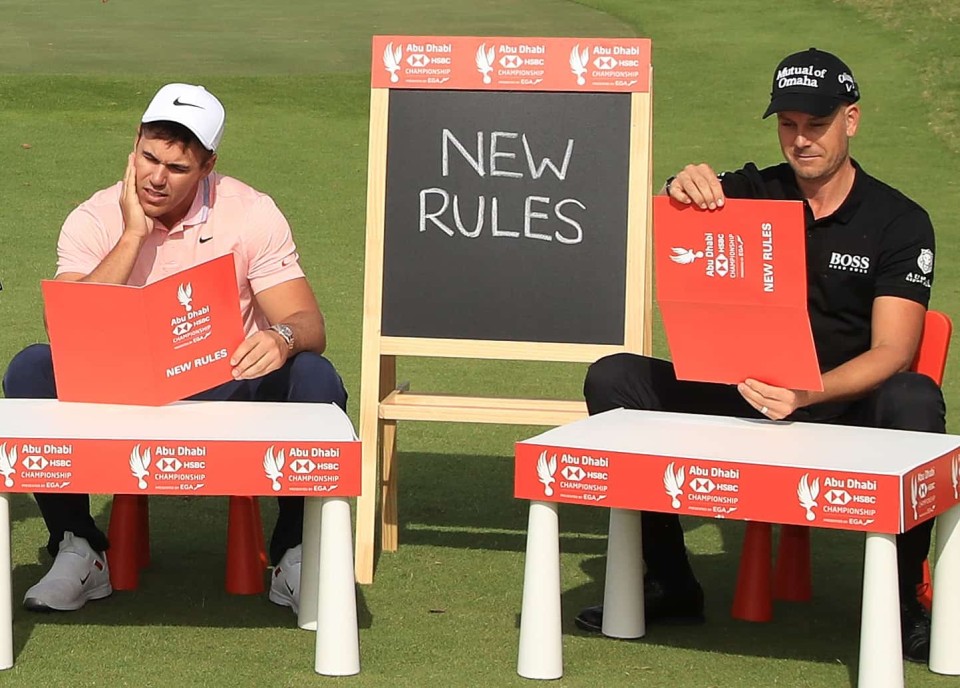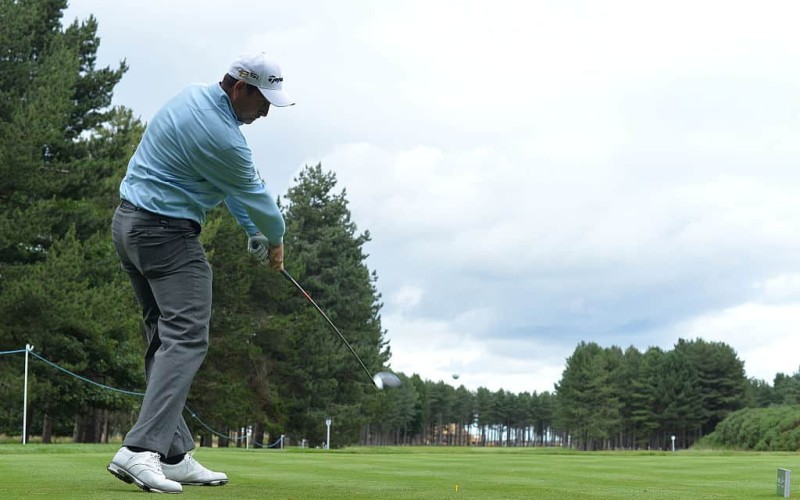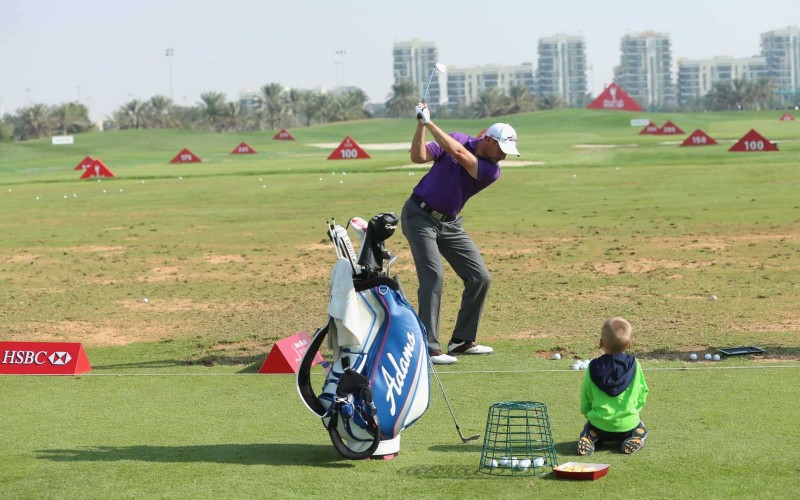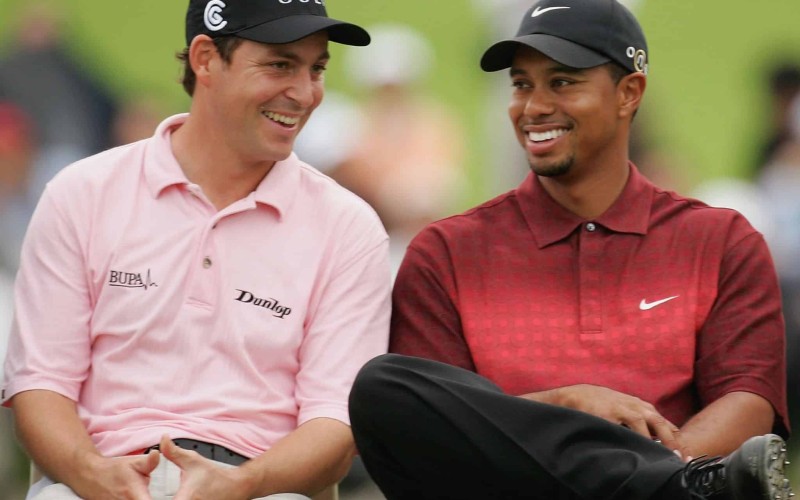Over the last three decades the changes we have witnessed in professional golf have been prolific: the ball has changed beyond recognition; wooden clubs have become obsolete (I should know, I was the last to use a wooden driver on Tour in 1996); lasers have become commonplace, hence distance control has improved, 3D bio-mechanics testing arrived on the scene, followed by force-plate analysis, allowing very clever people to work out exactly how golfers create speed and power.
All that knowledge has translated into youngsters hitting the ball further than ever before. Putting labs analyse your stroke, and green-reading books are now a science rather than an art. In addition, launch monitors, such as Trackman and Flight Scope, have become part of the travelling golfers’ carry-on luggage allowance – and we started to quantify exactly what is going on when club strikes ball. Ball flight laws were re-written as a consequence.
Courses are around a thousand yards longer, the rough is combed towards the tee etc. etc. – I could go on and on forever. But instead, let’s take a moment to focus on something that hasn’t changed. In the mid-1990s Lee Westwood made his way onto the European Tour. He was brilliant. Now, 25 years later, after all these changes, he reminded us last week in Abu Dhabi that he is still brilliant.
It’s tough to excel at something, and, of course, throughout those years there have been ups and down for Lee, both on and off the golf course. The highs of Ryder Cup glory and reaching the No.1 spot in the world rankings, and the lows of falling just short in Major championships, plus a divorce, were all taken in his stride.
But throughout all this, the fact remains that ‘Westy’, as he is widely known by his friends, has always had the innate ability to strike the ball beautifully and propel it time-after-time in the direction he chooses, mostly that’s a straight hit, denying the myth that the straight shot is the hardest.
REVEALS @robertkarlsson it was @EuropeanTour player complaints to the Tour’s ‘Tournament Players Committee’ that has seen @OmegaDDC @EmiratesGC ‘toughened’.
Robert & 2020 @RyderCupEurope v/capt is a member of the Committee
He explains … pic.twitter.com/cDdgZQlPpm
— Golf & Science🍋⛳️ (@TOURMISS) January 24, 2020
Lee finds fairways and greens more regularly than most. He is certainly no scrambler and 75s don’t become 71s very often. He lives and dies on the strength of his long game, putting himself in position so often that golf courses can’t help but offer up birdies to him.
I saw Lee walking towards the first tee on Sunday in Abu Dhabi. He was as relaxed as anyone I have ever seen about to battle it out for a Rolex Series victory, joking with a chap from the crowd about Nottingham Forest’s latest exploits. He oozed inner confidence, to me, and, sure enough, that’s how it played out five hours later when he was presented with his 25th European Tour trophy.
It didn’t surprise me one little bit and it won’t surprise me again if Lee goes on to put together one of those best-ever career surges of someone heading towards the age of 50 that golf sometimes scripts.
Why do I say that? Well, after a night of celebration he was back working on the range the following day, and I can tell you that wouldn’t have happened 25 years ago! Lee took the spoils at the HSBC, playing under the new ‘slow play’ regulations that the Tour’s Players Committee, which I am honoured to chair, and which, incidentally, Lee also leads the charge. Slow play is such a talking point for our audience. It’s the subject that never seems to cease in professional golf, although much is misunderstood.
We, the players, also hate slow play. But, when you think about it, we play more golf than anyone, so it’s worth noting that new, harsher time limits, penalty shots that kick in after two bad times in a week, and fines that increase very rapidly, have all been brought in by the players, to combat slow play. The chain of command is that the Players Committee instruct the Rules staff to impose these stricter regulations, albeit with a considerable amount of consultation.
So, we are attempting to do what we can, and it’s ‘so far so good’. On average, last month’s round times were in the region of ten minutes quicker than the previous year, primarily because, as a group, each player was ready to play much faster, the flow around the course seemed smoother and everybody was, generally, more alert to the prospect of being timed.
Three bad times were handed out, leaving those players in danger of a one-shot penalty for a further indiscretion, bearing in mind that one of those players received his bad time on Thursday morning. Rest assured, he got a move on for the remainder of the week.
So, hopefully, things will continue to improve, and, like a good referee in a football match, slow play will not need to be discussed again and it will fall away from the narrative of golf and people will accept that they enjoy playing and watching a game that takes four-and-a-half hours when you play in a three-ball. The next time I discuss it in these pages will be once a penalty shot has been imposed on someone, which, I am told, will indeed happen at some point.





















